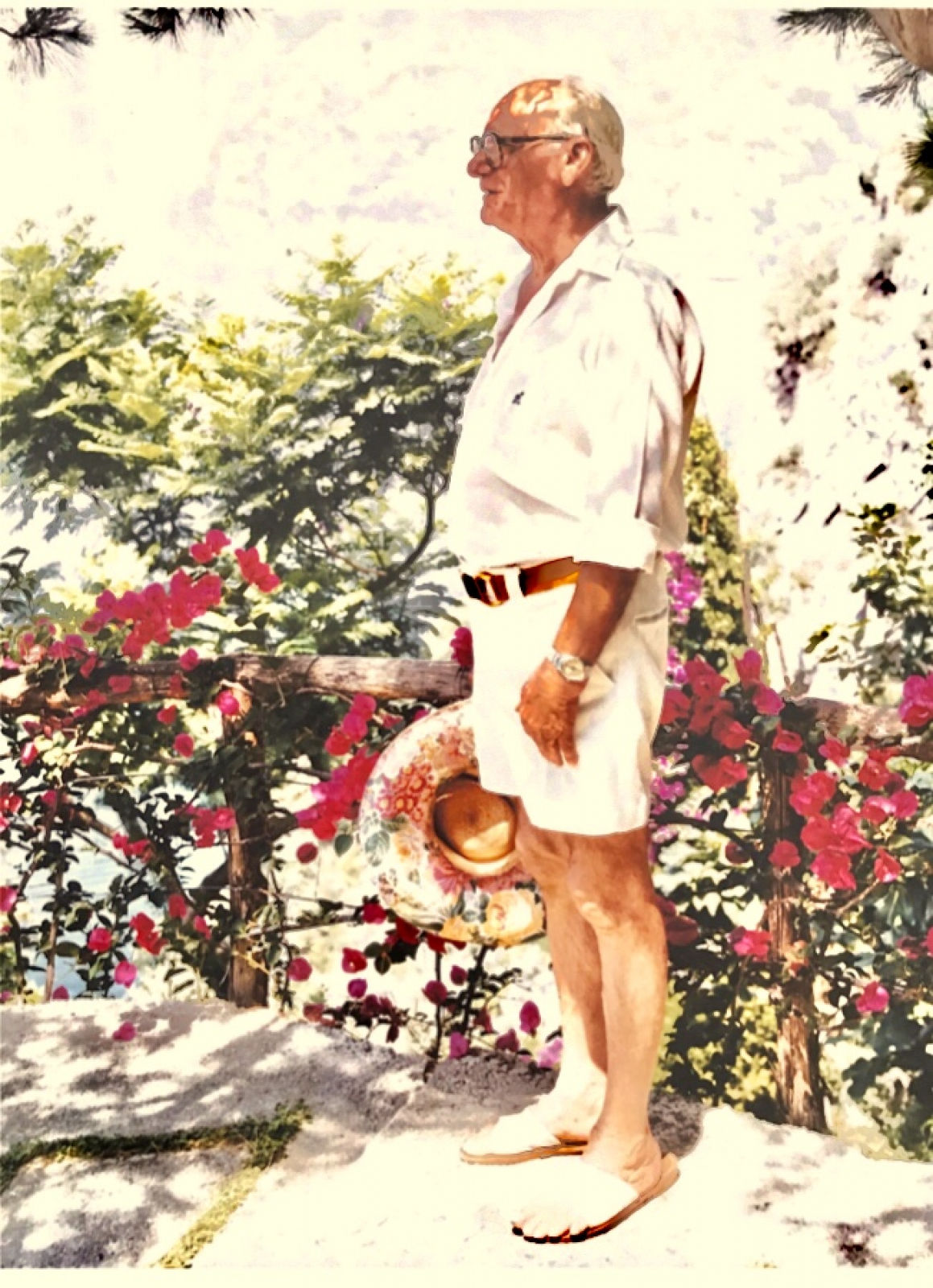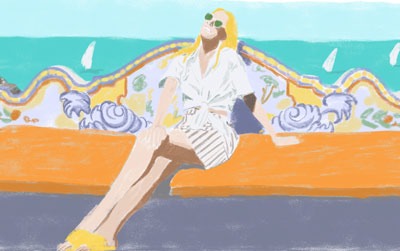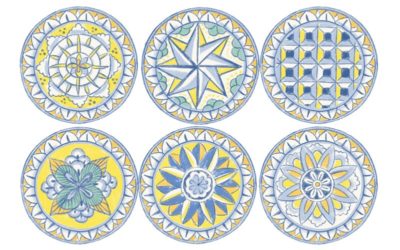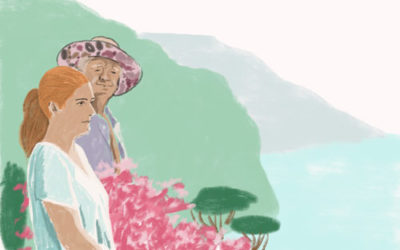27 March, 2020
Such stuff as dreams are made on
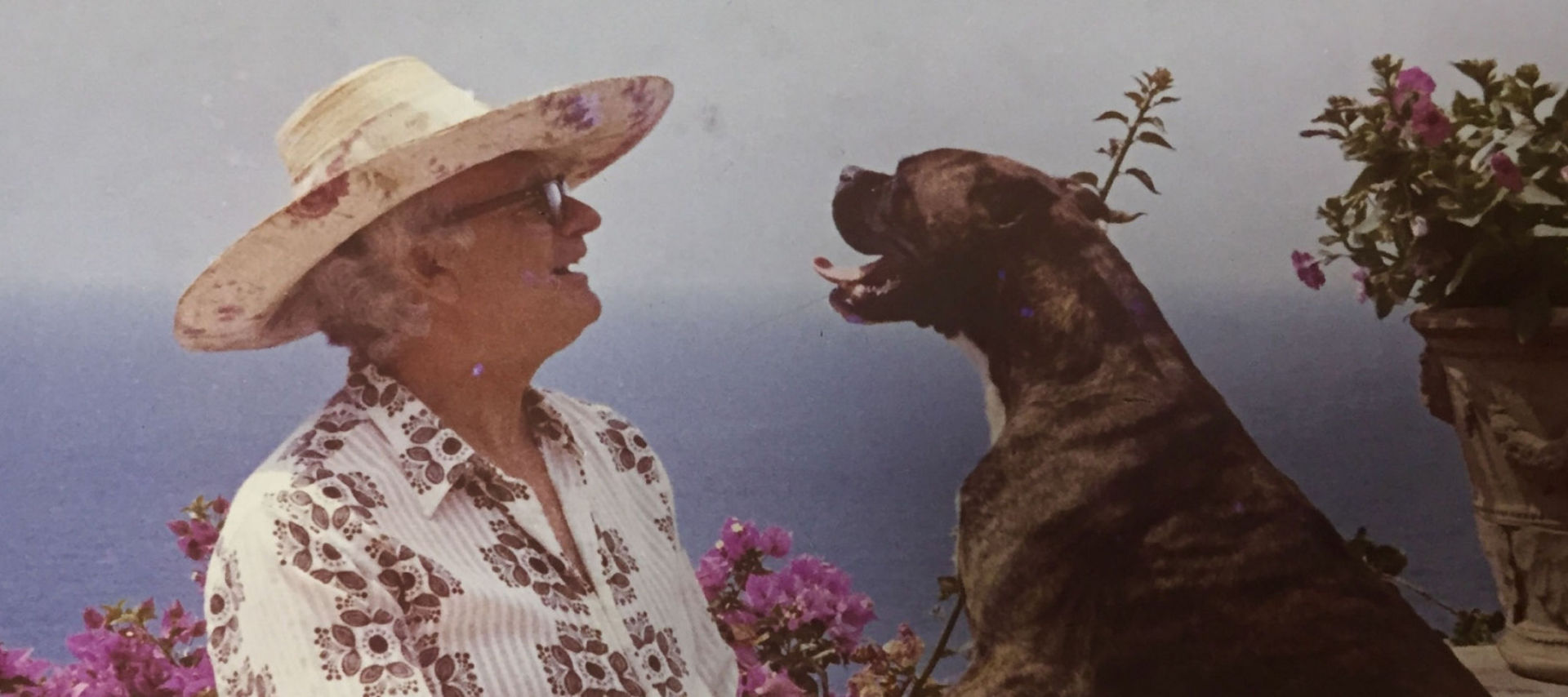
“We understand stories at the end,” wrote Aristotle, but the ability to gaze into the future is the genius of a gifted few. Perhaps this is why the visionaries and inventors are so celebrated throughout human history.
The San Pietro was one such vision. Its creator, Carlo Cinque, dreamed of a paradise, built on a promontory outside the village of Positano that would welcome visitors from across the world. A rare hotel removed from the throng, the luxury of beauty and care its value.
The jutting cliff is Carlo’s canvas on which he will shape this vision, one that generations following him will continue to build upon. And while the story of the San Pietro has not reached an end, looking back 50 years on, we can begin to understand it. Today, the hotel stands as an emblem of hospitality and excellence across the world.
But Carlo, or Carlino to his friends, does not know this when he breaks ground and starts construction. Drilling down into the cliff, gradually spreading across ten different levels, his vision begins to take tangible form. He follows his own unique set of rules, the first commandment of which states: be invisible. Not wanting to violate the surrounding landscape, he follows the natural form of the hillside to create rooms, a grand hall, a restaurant and a reception area. He designs terraced gardens and pathways where trees from all over the world will be planted to adorn the rock face.
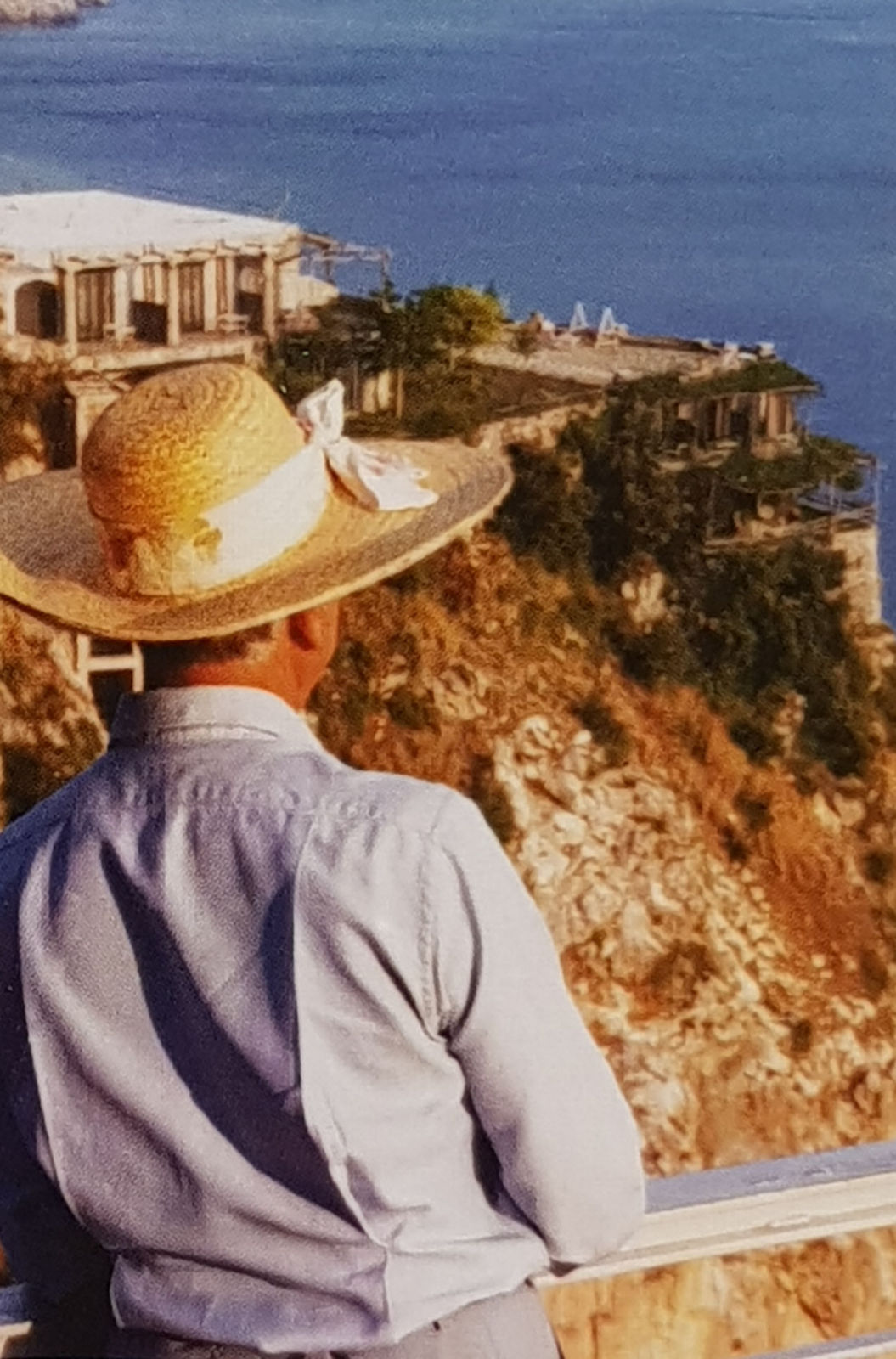
The second commandment is unstated but clearly understood: no straight lines. Carlino hates right angles and sharp corners. His philosophy closely matches that of the gifted Brazilian architect Oscar Niemeyer, “What attracts me is the free and sensual curve. The curve that I find in the mountains of my country, in the body of a beloved woman, in the clouds in the sky and the waves of the sea. The universe is made of curves.”
Accordingly, the San Pietro is sinuous and complex, like a beautiful woman with curves in all the right places. The immense rounded terrace, overlooking the sea and the coastal towns of Positano and Praiano, disappears amid garden vegetation. Even the swimming pool undulates. Carlino had complained when the pool wall was constructed too straight. “It’s going to fall over one of these days,” he threatened and sure enough, a few mornings later a tremendous rumble is heard across the hillside as the wall succumbs to Carlino’s whim.
As a master mason stands fretting over a crooked facade, Carlino walks in, takes one look and asks, “Who built this wall?” The builders, reluctant to give up their friend and colleague, keep silent. “Will somebody tell me who built this wall?” He repeats. The guilty mason hesitantly raises a hand. “Well done!” Carlino gushes, slapping his shoulder, “This is the best work you’ve done so far.”
He is a perfectionist, relentless in his pursuit of imperfection, following a vision that his eyes alone can see. “No, no. This room is all wrong. We’ll have to start over from scratch”, becomes the familiar mantra as he patrols the building site, marching from room to room wearing his iconic Florentine straw hat, always in the company of a favorite boxer dog. The arches in the grand hall are too perfect for his liking, he has them rebuilt. “I want them shaped by hand.”

He can be found on the construction site from dawn to dusk, his shirt sleeves rolled up, lifting materials, fitting rocks together. The workers become part of the family; masons, craftsmen and engineers, all united in the crazy vision of building The San Pietro. At the end of a long day, Carlino whips up barbecues, has pastas and giant salads sent over from the village. He is fun-loving, hospitable and loves being surrounded by friends and neighbours. His table is reminiscent of the Amalfi Coast’s diverse and colorful nature: a bishop, a dancer, a politician, a fisherman, a builder, an ex-girlfriend.
Honoreè de Balzac tells us that “the best parts of life are life’s illusions” and for six years Carlo Cinque astutely cultivates his. He wants each room to be unique, airy, luxurious. Closets are decorated with trompe l’oeil: masques of the commedia d’arte, pictures of Greek myths and gods, floral subjects and risqué scenes of orgies. Altar pieces become headboards. Lamps, paintings and statues are sourced from antique shops and old palazzi throughout Italy. A life-sized copy of Pompei’s infamous hermaphrodite stands guard over a giant rose marble jacuzzi. Everywhere there is the sense of the fantastical and surreal, a playful dreamscape substantialized by the aesthete dreamer.
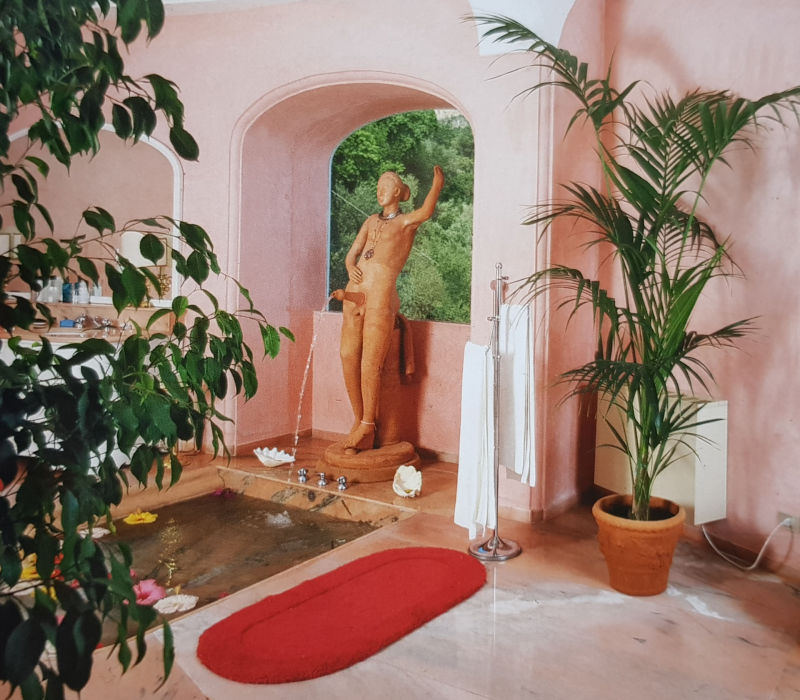
Opening day is close and although the work is behind schedule, Carlo tells his nephew, Salvatore, to “take as many reservations as possible.” In his mind, the hotel must open on the feast of San Pietro, a day celebrated in the village every year with Catholic mass, a procession, lights, musical bands, street stalls and fireworks from the sea at midnight. Carlino sets his sights for the lavish inauguration of Il San Pietro hotel to coincide with the day dedicated to its patron saint.
A twenty-two meter long banquet table is laid out on the dining room terrace with an abundance of food, wine, champagne and an immense cake for good omen. No expense is spared for the fireworks display. Numbered among the guests are Franco Zeffirelli and Gore Vidal. There is music and dancing until dawn. On June 29th, 1970, six years from the day Carlo Cinque’s dream was conceived, Il San Pietro is born.
